Oscar de La Renta: King of American Fashion
“My job as a designer is to make a woman feel her very best.”
Dominican designer Oscar de la Renta brought sleek, Spanish tailoring and European elegance to the United States in the mid-1960s, forever altering the country’s fashion landscape. Making his name in New York, he attracted high profile clients including politicians, models, actors, writers and socialites, earning him a household name and a multi-million-pound business, while helping secure New York’s position as a leading international force of fashion.
Born in the Dominican Republic in 1932, the wild, lush landscape around him came to inform the vivid colours of his eye-catching designs later in life. He later commented, “From my island side comes my love for the exotic, for colour and light.” When he turned 18, he began studying painting at The Royal Academy of San Fernando in Madrid, where he initially hoped he might become an abstract painter. But his mutual love of fashion gradually emerged during this time and after graduating, de la Renta secured an internship at the Madrid studio of Cristobal Balenciaga, where his careful drawing skills were put to good use – he was asked to sketch out Balenciaga’s designs to send out to prospective clients.
Living in Spain had a marked effect on the young designer, which he later attributed to the free-flowing nature of his designs, commenting, “From my Spanish side comes my love of gypsies and bullfighters.” Though he would come to abandon his first dream of being a painter, he argues the experience never truly left him, commenting, “…anything you pay attention to is part of what I call the ‘baggage’ you carry with you all your life. My early involvement with painting, even the fact that I come from a tropical country, are part of who and what I am today.”
During a holiday in Paris, de la Renta fell in love with the city, and through natural charm managed to secure a job as Antonio del Castillo’s assistant at Lanvin in 1961. With very little real knowledge of making clothing, de la Renta remembers the steep learning curve the position taught him: “He asked me if I could cut, drape and sew, and of course I said yes. He … said I would start in two weeks. Then I went to a fashion school and asked the woman who ran it if she could teach me the year’s course in two weeks.” Astonishingly, she said yes, and de la Renta was able to convince del Castillo he had been making clothing for years.
Ever the restless spirit, de la Renta had moved on two years later, finding a role in New York with the American design house Elizabeth Arden, before joining Seventh Avenue, run by Jane Derby, who hired him as a partner and designer, where he began specialising in the design and creation of ball gowns. When de la Renta was hired to design the socialite and heiress Anne Ford’s wedding dress, which featured in Life magazine, his name was soon on the international fashion map, attracting enough regular clients for him to contemplate going it alone.
In the late 1960s, when Jane Derby retired, de la Renta took charge of the company, a move which allowed him to truly find his signature voice. He merged billowing romantic shapes, such as soft silks, ruffles, flowing silhouettes and striking, eye-catching colours, with New York’s edgy streetwear, bringing in bandanna-printed denim, hot pants worn under silk minidresses, or psychedelic coloured saris. As his style evolved into the 1970s, he introduced gypsy, Russian inspired elements including peasant blouses, full skirts and fringing, looks which pre-empted the ethnic silhouettes that would come to define the era. In 1967, de la Renta married Francoise de Langlade, editor-in-chief to French Vogue, and the pair became quite the American power couple, hosting lavish evening soirees which some compared to 18th century Salons, encouraging guests to wear his sumptuous designs and have their photographs included in various society columns.
The early 1970s were a prolific time for de la Renta and he received the City Hall of Fame Award in 1973, while working as the president of the Council of Fashion Designers of America from 1973-76, a position he would resume in the 1980s. Though his sales took a dip in the late 1970s when androgyny became a more pervasive force, by the 1980s he had redefined his signature looks, with cleaner lines and a more polished finish, and by the turn of the decade he was leading a $200 million pound company. Unusually, de la Renta took on a commission in 1980 to redesign the Boy Scout Uniform, which he transformed from its’ previous, military style to softer shirts and stylised de la Renta neckerchiefs.
Just three years later, tragedy struck in 1983 when his wife Francoise died of bone cancer in 1983. Devastated by her loss, de la Renta found solace in philanthropic enterprises, including the orphanage La Casa del Nino in the Dominican Republic which he had established a year earlier, a home and school for abandoned Romanian children. De la Renta was so emotionally invested in the organisation that in 1986 he adopted a son, Moises, from the orphanage, a move which some considered controversial, particularly later in life when they had a public fallout in front of the media.
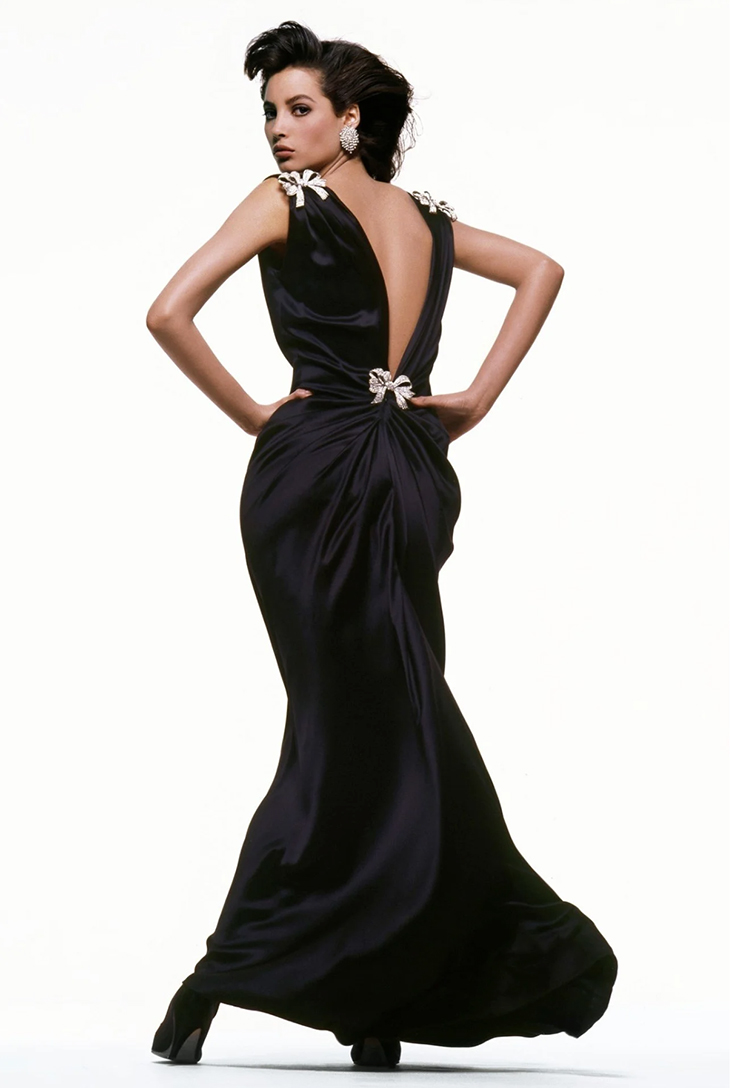
Christy Turlington was photographed wearing Oscar de la Renta by Bill King for the September 1986 issue of Vogue.
In 1989 de la Renta’s family grew larger when he remarried, this time to Annette Reed, who already had three children, several of whom would become employees in the huge de la Renta conglomerate. Though he was not without his detractors, some who accused him of being too traditional, or even a copyist, business was still booming throughout the 1990s and de la Renta’s style shifted from the billowing romance of earlier years to big, bejewelled glamour, which became associated with the glitterati of America, including first ladies Nancy Reagan and Hillary Clinton. He also developed a range of day suits, featuring elements of quilting close cuts and bold colours, most famously worn by Clinton, who became a close personal friend.
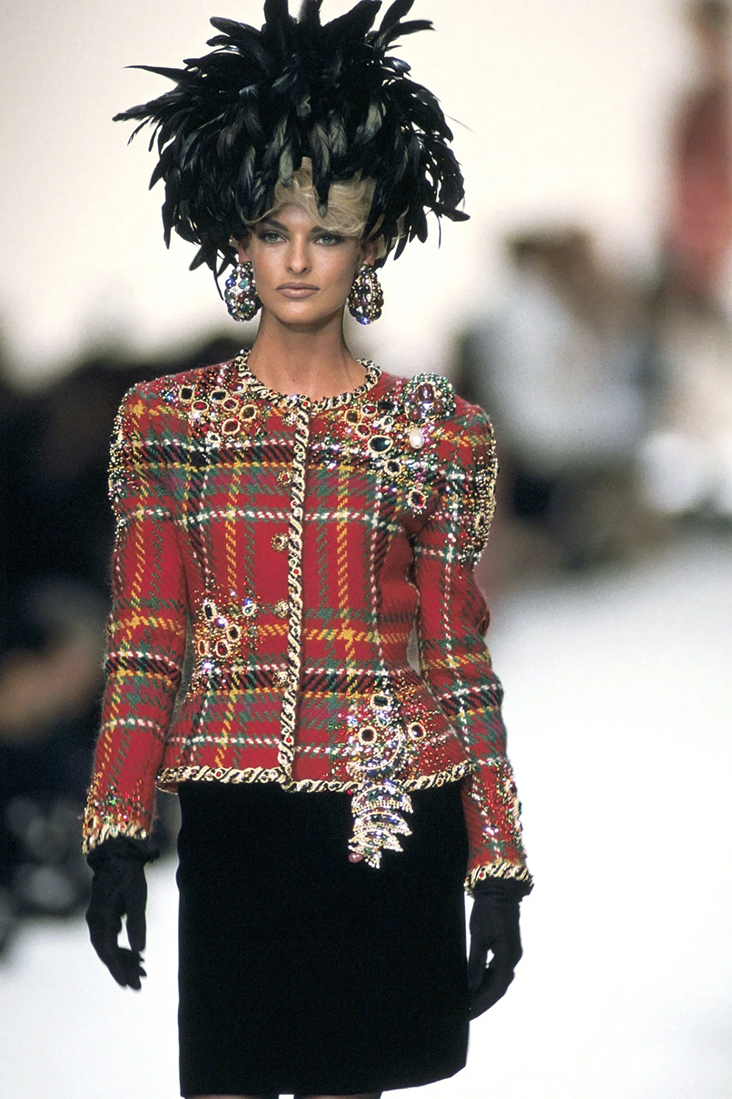
An appliquéd blazer and a feathered head piece makes a striking impression at the designer’s autumn/ winter 1991 show in Paris.
Commercially minded ventures including the Miss O line and the sporty Oscar by Oscar de la Renta kept money rolling over. He became first American designer to show his work in Paris in 1991 with huge success, revealing light, wearable pieces and plaids, earning him the moniker as the ‘eminence grise’ of American fashion. The move into Paris prompted the floundering Parisian fashion house Pierre Balmain to invite him in, to design two lines for them, which proved a huge success. Martha Duffy, of Time Magazine saw the move as a positive, mutually beneficial experience, writing, “Oscar, as everybody calls him, fits perfectly into the Balmain aesthetic. He is not an innovator … but he executes gorgeous costumes and with a peerless eye for fabric, detail and nuance.”
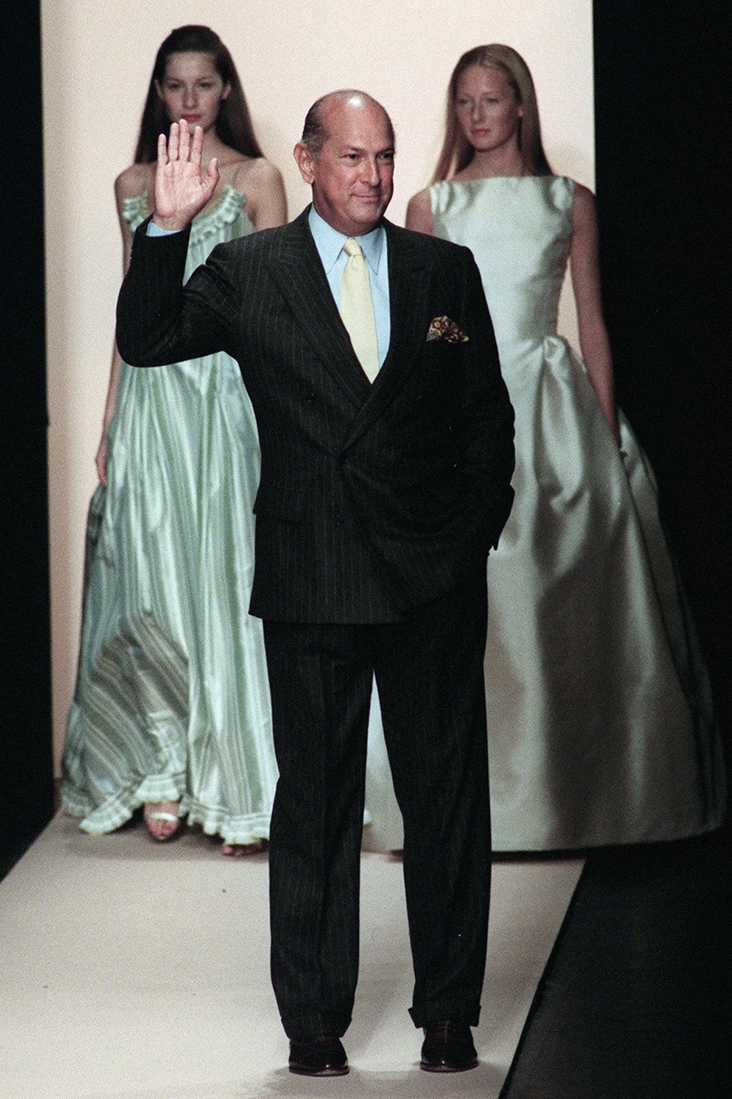
De la Renta waves to the crowd at the end of his spring/ summer 1999 show in New York / November 3, 1998
Throughout the 2000s de la Renta’s company continued to play to its strengths, creating feminine clothes aimed at the luxury market, with designs seen frequently on the red carpet by leading Hollywood stars including Amy Adams and Sarah Jessica Parker. But when New York Times critic Cathy Horyn wrote a scathing attack on his 2012 collection, writing, “Mr de la Renta is far more a hot dog than an eminence grise of American fashion,” he responded with a full-page advertisement in Women’s Wear Daily, replying, “If you have the right to call me a hot dog, why do I not have the right to call you a stale three-day old hamburger?”
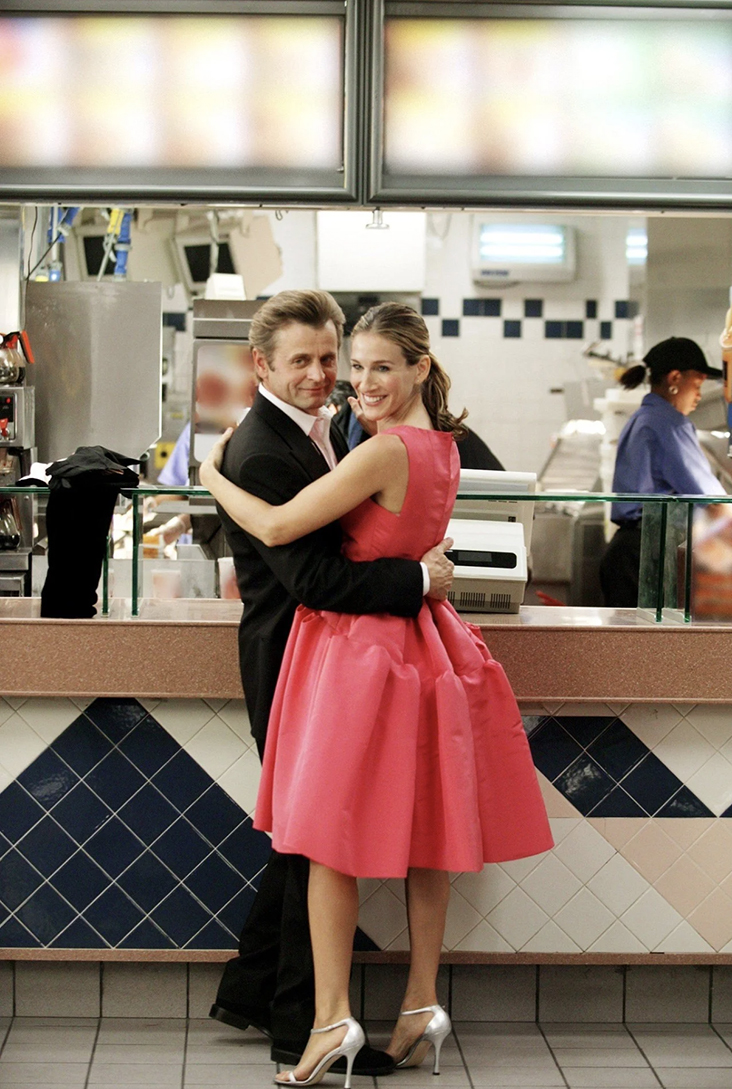
Sarah Jessica Parker wore an Oscar de la Renta dress in this season six episode of Sex And The City / 2003
Not long before he died, de la Renta had publicly criticised Michelle Obama as the only recent first lady to not wear his designs, accusing her choice to wear Michael Kors and Jason Wu designs instead as “not supporting American fashion.” Whether he was arrogant or not, perhaps it is a fitting tribute that the same year Obama finally embraced his style, in 2014, donning one of his iconic little black dresses featuring vivid blue and gold embroidery, was the same year he died, aged 82. Tributes came pouring in after his death, but perhaps most poignantly from Vogue editor Anna Wintour, who saw the lasting influence his designs continue to have in American fashion today. She wrote “His designs reflected his extraordinary personality: optimistic, fun, sunny, romantic.”





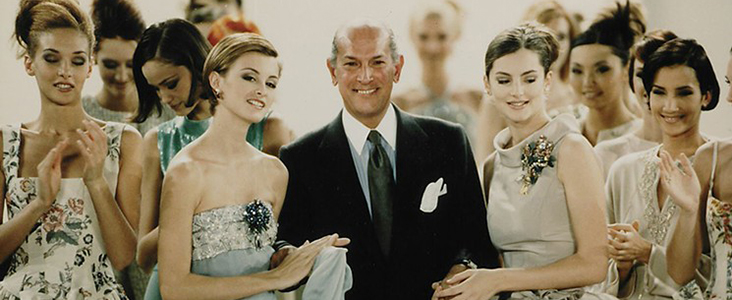

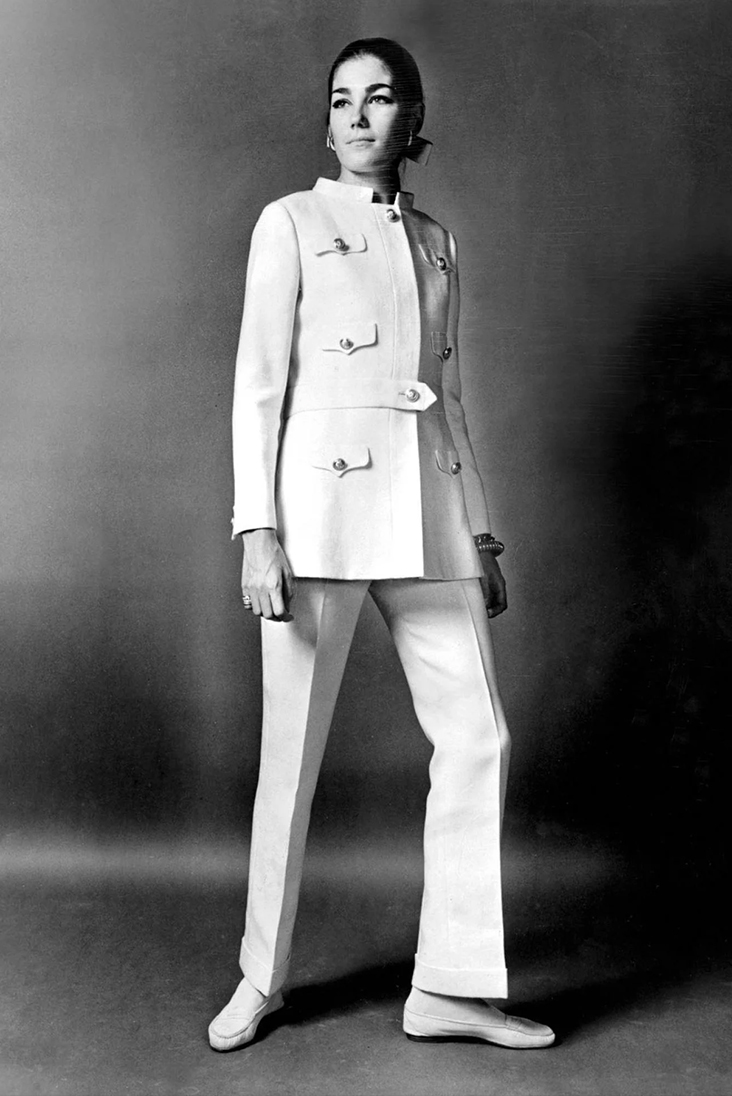
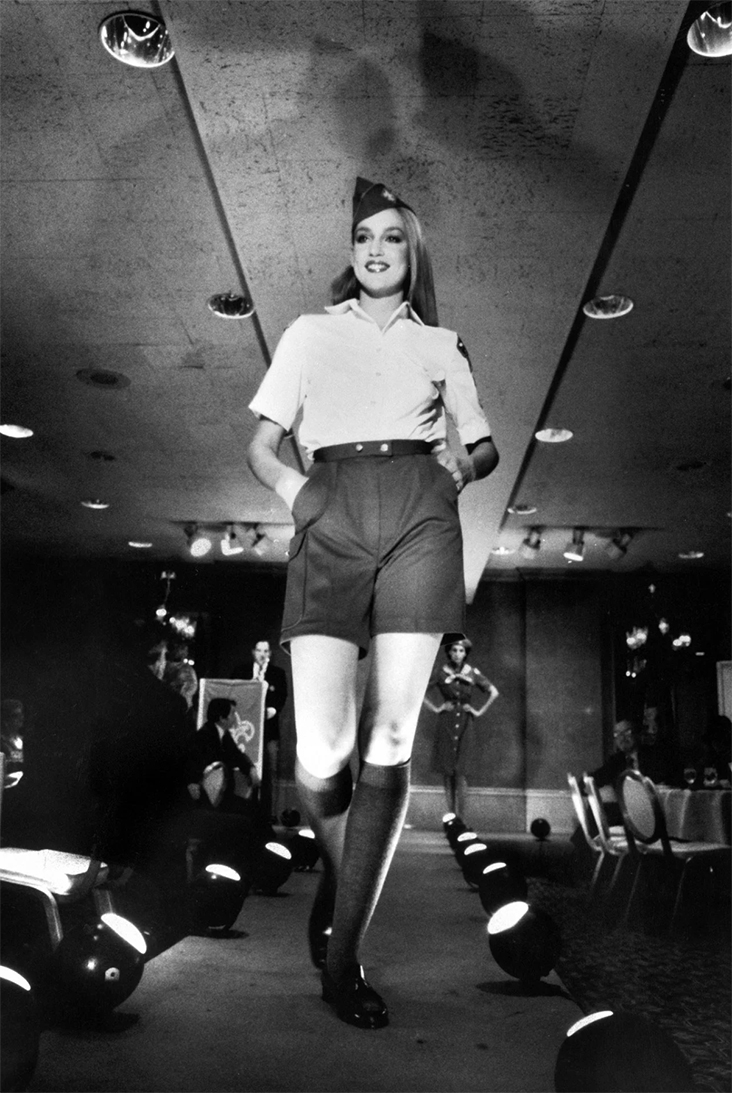
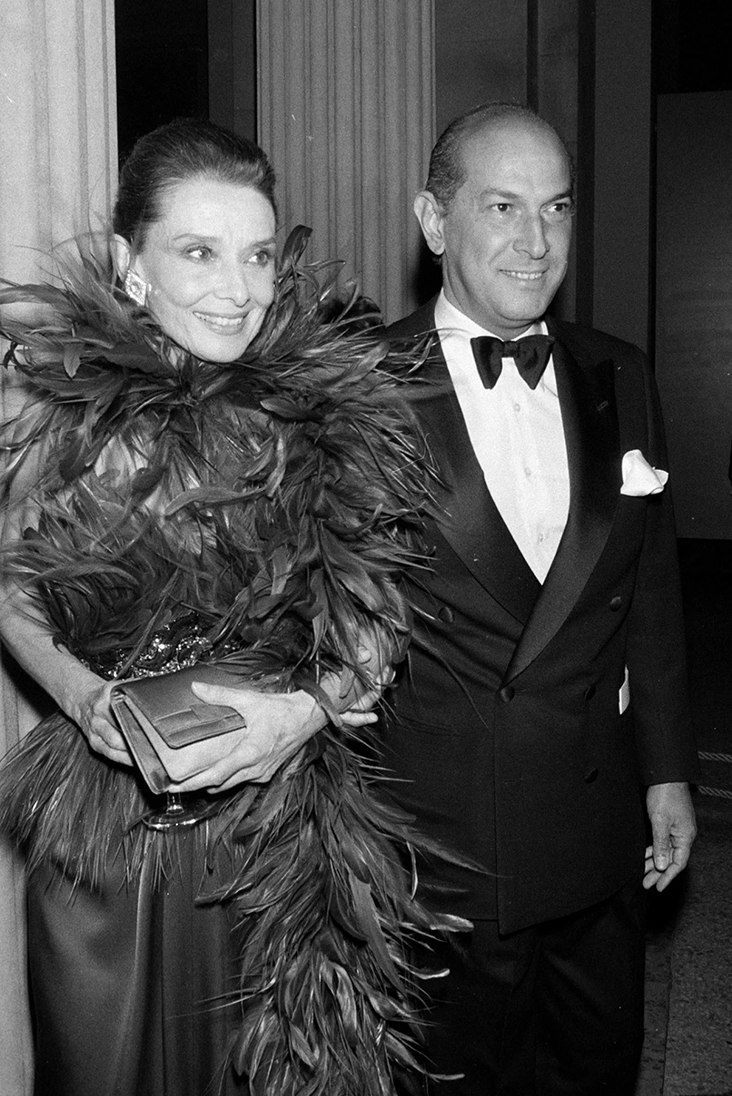
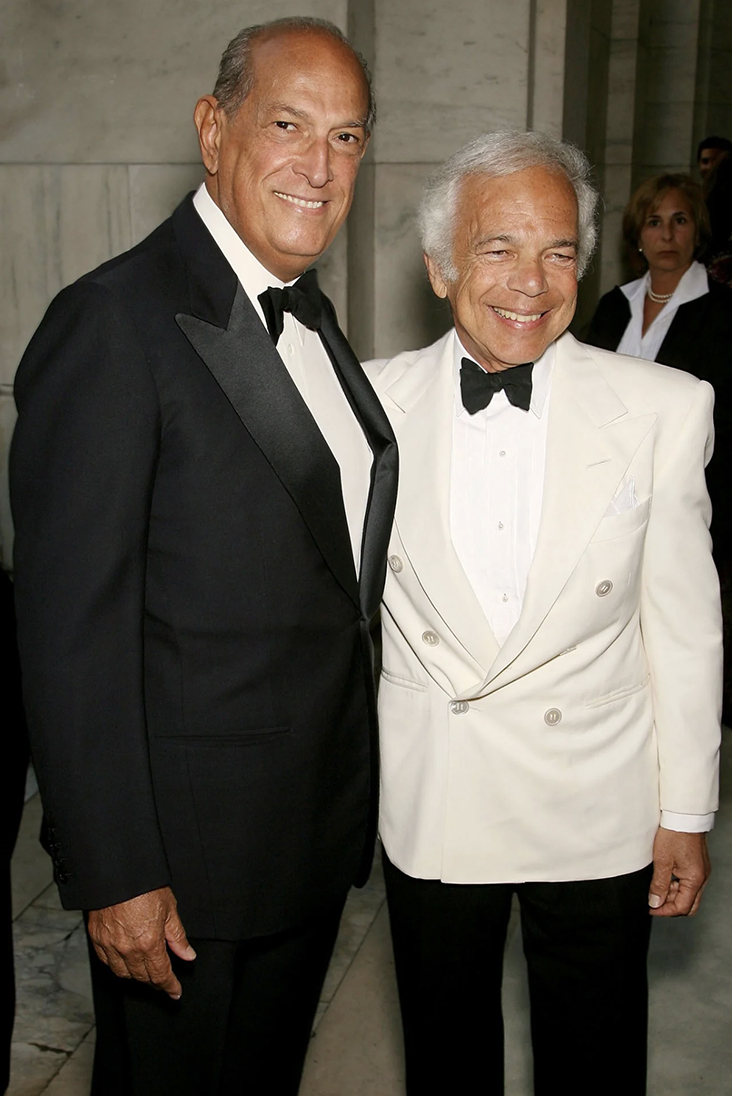
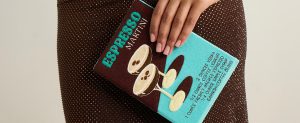
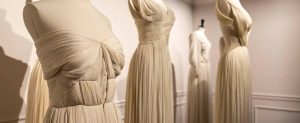
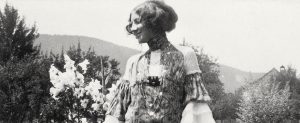
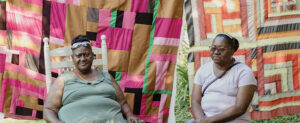
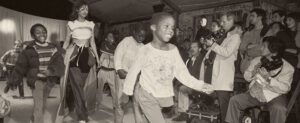






































Leave a comment